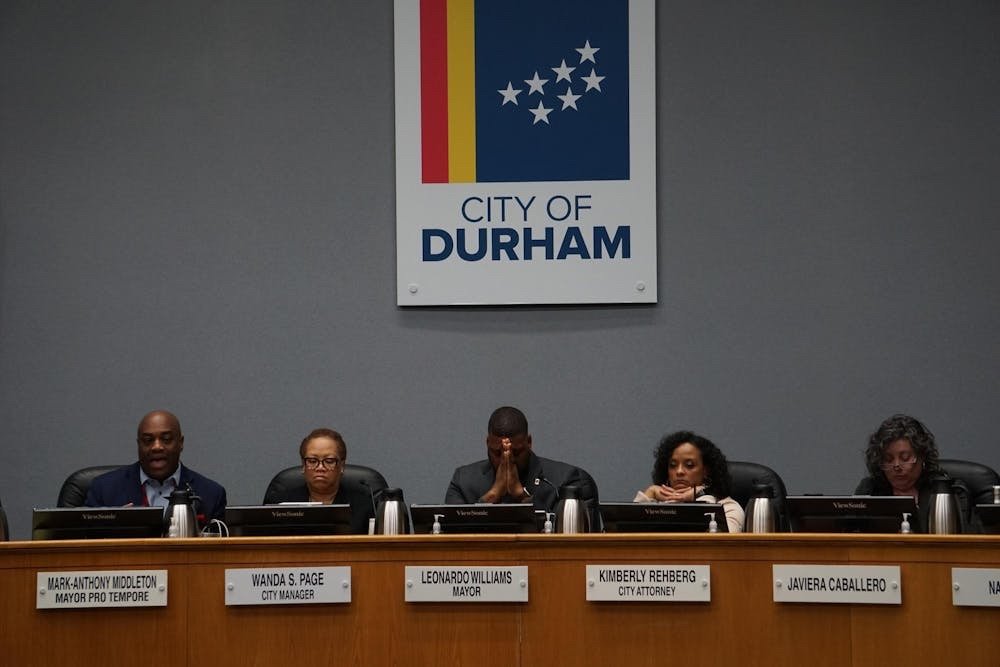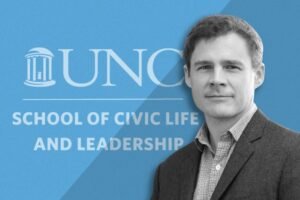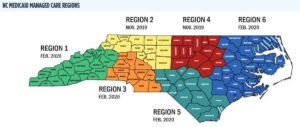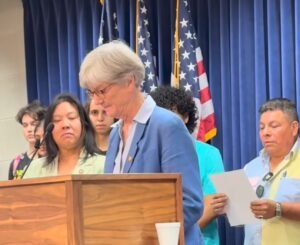In a charged and pivotal meeting on Monday evening, Durham’s City Council offered a revealing glimpse into the city’s evolving priorities, voting down a contentious annexation request while unanimously adopting a long-awaited transportation safety blueprint. The meeting, emblematic of a growing tension between development and sustainability, highlighted the complex balance local governments must strike as they plan for rapid growth amid mounting public pressure.
Annexation Denied: Sheffield Farms Proposal Rejected
In a 2-5 vote, the council rejected an ordinance that would have annexed 218.5 acres of Sheffield Farms into the City of Durham, effectively halting a proposed development of up to 702 residential units by M/I Homes. The decision followed an extended public comment session, where environmental, educational, and affordable housing concerns dominated the discourse.
While Nil Ghosh of the Morningstar Law Group—representing M/I Homes—attempted to ease tensions by emphasizing the developer’s environmental safeguards, the majority of council members and residents remained unconvinced. One of the most personal appeals came from resident Andrea Quinn, who voiced concern that without annexation, her family’s property would remain without water and sewer access. “Please do not close the door on us,” Quinn pleaded (Durham City Council Meeting, April 7, 2025).
But the emotional testimony did not outweigh concerns raised by other community members. Kate Heim, a nearby resident and toxicologist, was critical of the proposed wildlife corridor, stating that it failed to align with high-priority habitats and did little to preserve local ecosystems. “It’s not benefiting anyone,” she said.
Environmental critiques were amplified by fears of increased pollution in the Morgan Creek flood zone due to stormwater runoff, and a student from C.E. Jordan High School highlighted the pressures the development could place on already overcrowded public schools. The high school is currently operating at 121.5% capacity, and while the developer promised a one-time contribution of $65,500 to Durham Public Schools, critics pointed out that the actual cost of new students could far exceed this, estimating a per-student burden of $100,000.
Councilmember Nate Baker, who voted against the measure, expressed concerns over the project’s environmental impact and potential disruption to local forests and wildlife. Javiera Caballero and Carl Rist echoed the sentiment, citing uncertainty surrounding the long-term sustainability of new infrastructure.
The annexation was also questioned on policy grounds. The proposal’s promise of just 5% affordable housing fell short of Durham’s Comprehensive Plan, which requires 15%. This shortfall struck a chord with both residents and policymakers amid growing anxiety about gentrification and displacement.
Mayor Pro-Tempore Mark-Anthony Middleton, one of the two in favor of annexation, offered a pragmatic counterpoint, arguing that development in Sheffield Farms was “inevitable” and applauding the developer’s infrastructure commitments. Still, his support wasn’t enough to sway the broader council.
Vision Zero: A Clear Path for Safer Streets
While division characterized the annexation debate, unity defined the Council’s approval of the Vision Zero Action Plan, an initiative grounded in a public health approach to eliminating traffic deaths in Durham. First adopted as a city goal in 2017, Vision Zero aims to reimagine transportation policy through equity, safety, and community-informed data.
The plan includes measures to identify high-injury corridors and will soon be accompanied by a public dashboard, according to Sean Egan, Director of the Durham Transportation Department. However, Middleton expressed concern that the Action Plan delays the city’s adoption of its “safe speed strategies” until 2027—a decision he believes could cost lives.
Still, the plan’s unanimous support suggests a shared commitment to rethinking urban mobility—a theme Bull City Citizen has explored in past editorials as a cornerstone of equitable city planning.
A Night of Recognition and Resistance
The evening also served as a celebration of civic life and community leadership. Mayor Leonardo Williams declared April 7, 2025, Mike Woodard Day in honor of the former state senator’s contributions to Durham. The recognition included jazz music, dancers, and fond reflections on Woodard’s public service.
Councilmembers also acknowledged the activism of local residents who joined national protests against what they characterized as increasing authoritarianism under the Trump administration. “They are resisting this moment of growing fascism in our country,” said Councilmember Nate Baker.
Streets and Structure
In a quieter but important vote, the council approved a plan to accept certain streets and infrastructure within the Courtyards at Southpoint development. This routine but crucial act ensures that the city’s growth remains tied to clear operational standards and oversight—a contrast to the uncertainty that surrounded the Sheffield Farms proposal.
As Durham continues to grapple with growth, equity, and environmental responsibility, Monday’s council meeting revealed both the divisions and alignments shaping the city’s future. From rejected rezonings to unanimous safety strategies, the meeting underscored a critical truth: Durham’s progress will be defined not just by what it builds—but how, for whom, and at what cost.
For more in-depth reporting on Durham’s local government, equity policies, and planning news, follow Bull City Citizen—your independent source for bold reporting and civic storytelling.













